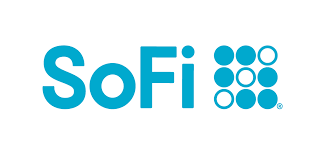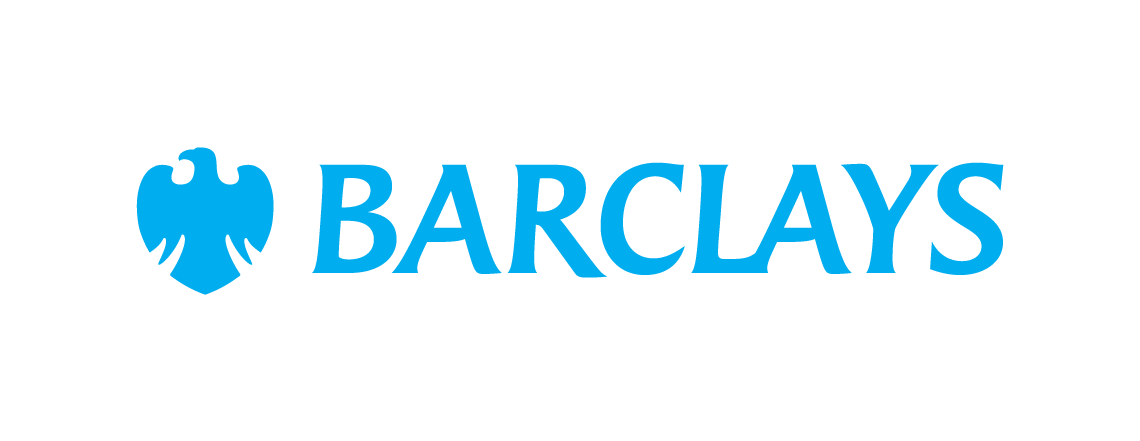The 7 Most Likely Reasons You're Still Living Paycheck to Paycheck
Anyone who has lived paycheck to paycheck knows how stressful it can be. You need to manage your money carefully to ensure you're never short on cash for any of your bills. And since any unexpected cost can throw you into debt, you feel like you're constantly on the cusp of financial disaster.
This is an all-too-common situation, as CareerBuilder reports that 78% of U.S. workers live paycheck to paycheck. If you've found yourself just barely getting by, here are the most likely reasons why.
1. You're not paying yourself first
If you haven't been able to save money, it could be that you haven't made saving a priority. Plenty of people treat their savings as an afterthought. They figure they'll wait until the end of the month, and then save whatever's left over.
The problem is that during the month when you have extra cash available, it's easy to convince yourself to spend it. So you may find that "whatever's left over" turns out to be zilch.
The best financial habit you can start is to pay yourself first, which means the first thing you do when you receive your paycheck is send a portion of it to your savings account.
2. You aren't tracking your spending
When there's a sizable gap between how much extra money you should have and how much you actually have, there's a good chance that you aren't tracking your spending.
Without doing this, you're likely to underestimate how much you spend in certain areas or even to forget some expenses entirely.
If you're wondering where your money's going, then it's time to review all your transactions for the past several months and to track your spending more accurately going forward. One way to accurately track all your spending is with an app that connects to your bank accounts and credit cards, such as Mint.
3. You're financing purchases on your credit card
It's tempting to spend money more freely when you have a credit card. You figure that you can put purchases on your card, even if you can't afford them right away, because the bill won't be due for weeks.
Once you do this, you're playing catch up until you can pay off the purchases you financed. This makes it extremely difficult to build any sort of savings, because you're constantly working to repay purchases you've already made.
4. You don't have an emergency fund
As much as we'd like to avoid them, emergencies happen, and they can get expensive. A temporary dip in your income, an unexpected home repair, or a car accident are all examples of emergencies that could cost you $500 or more.
Even when you've been doing well financially, a sudden expense that you weren't prepared for can bring you right back to square one. That's why you need to build an emergency fund so you'll be prepared for any potential worst-case scenarios.
5. Your cost of living is too high
If your living expenses are too high, then you're going to have a hard time breaking free from the paycheck-to-paycheck life. It's impossible to get ahead while you're spending nearly everything you make just to cover your regular bills.
In this case, you should review how much you spend on your fixed expenses and look for areas where you can downgrade. Start with your housing, as this is typically the largest monthly expense and is therefore an area where you could save a lot of money by moving to a more affordable area or living with roommates.
6. You're not making enough money
Although you can downgrade your lifestyle to reduce your expenses, there's only so much money you can save while still preserving your quality of life. If you're already living frugally and that's not enough, then the problem may be that your income isn't enough.
It can be challenging to fix this, as it's not like you can start making more money overnight. However, there are plenty of ways to increase your earning potential. You could:
- Seek out opportunities for advancement at your current position.
- Look for other job opportunities with greater compensation.
- Create an extra source of income, such as a side job or freelance gigs.
- Start working towards a certificate or degree.
7. You haven't set any financial goals
One big mistake people make is failing to set any financial goals. Your financial goals give you a source of motivation and a target to work towards, which can help you avoid staying stuck in the same situation month after month.
You should have both short- and long-term financial goals, with the short-term goals building on each other to help you accomplish the bigger, long-term goals. For example, you could set a short-term goal of contributing at least $325 per month to your emergency fund and work towards a long-term goal of saving at least $5,000 in that account within one year.
Breaking the cycle of living paycheck to paycheck
Living paycheck to paycheck may not have immediate repercussions, but it catches up to you eventually. You don't need to keep spinning your wheels forever, though. By identifying why you've been living this way, you can figure out a way to correct the problem and get on more stable footing financially.
These savings accounts are FDIC insured and could earn you 11x your bank
Many people are missing out on guaranteed returns as their money languishes in a big bank savings account earning next to no interest. Our picks of the best online savings accounts could earn you 11x the national average savings account rate. Click here to uncover the best-in-class accounts that landed a spot on our short list of the best savings accounts for 2024.
Our Research Expert
We're firm believers in the Golden Rule, which is why editorial opinions are ours alone and have not been previously reviewed, approved, or endorsed by included advertisers. The Ascent does not cover all offers on the market. Editorial content from The Ascent is separate from The Motley Fool editorial content and is created by a different analyst team.
Related Articles
View All Articles
